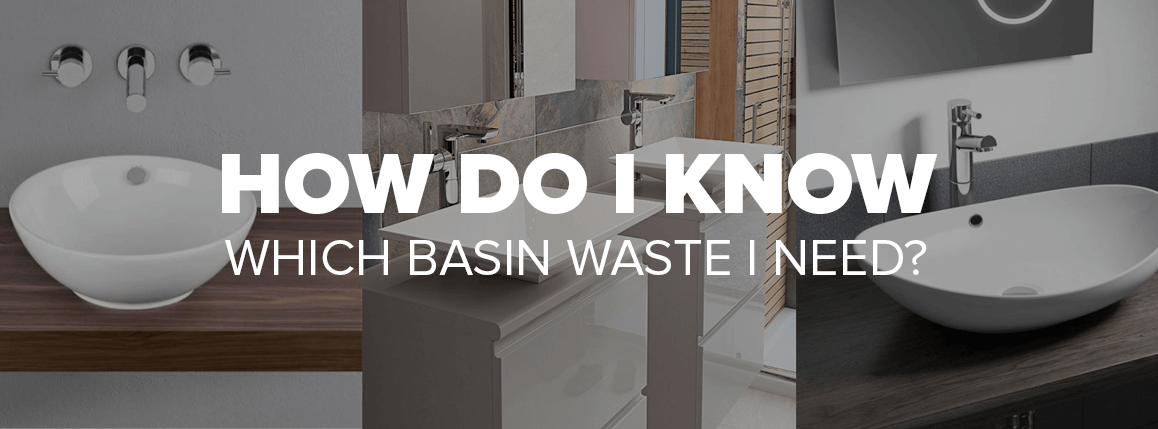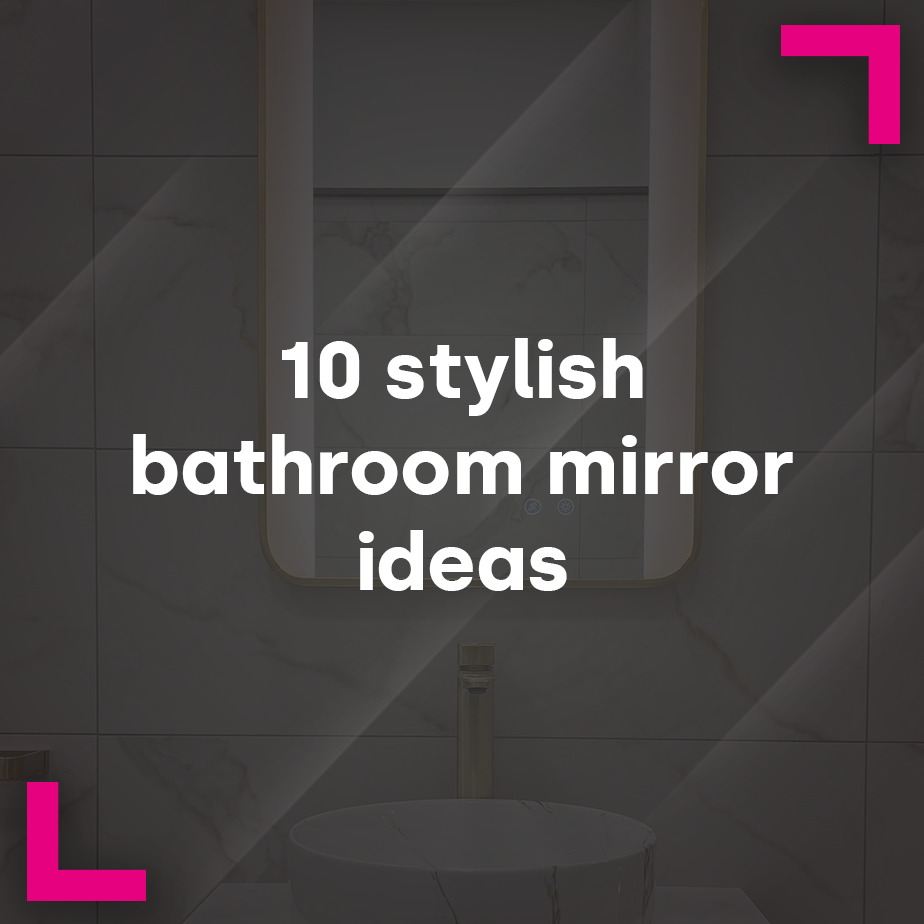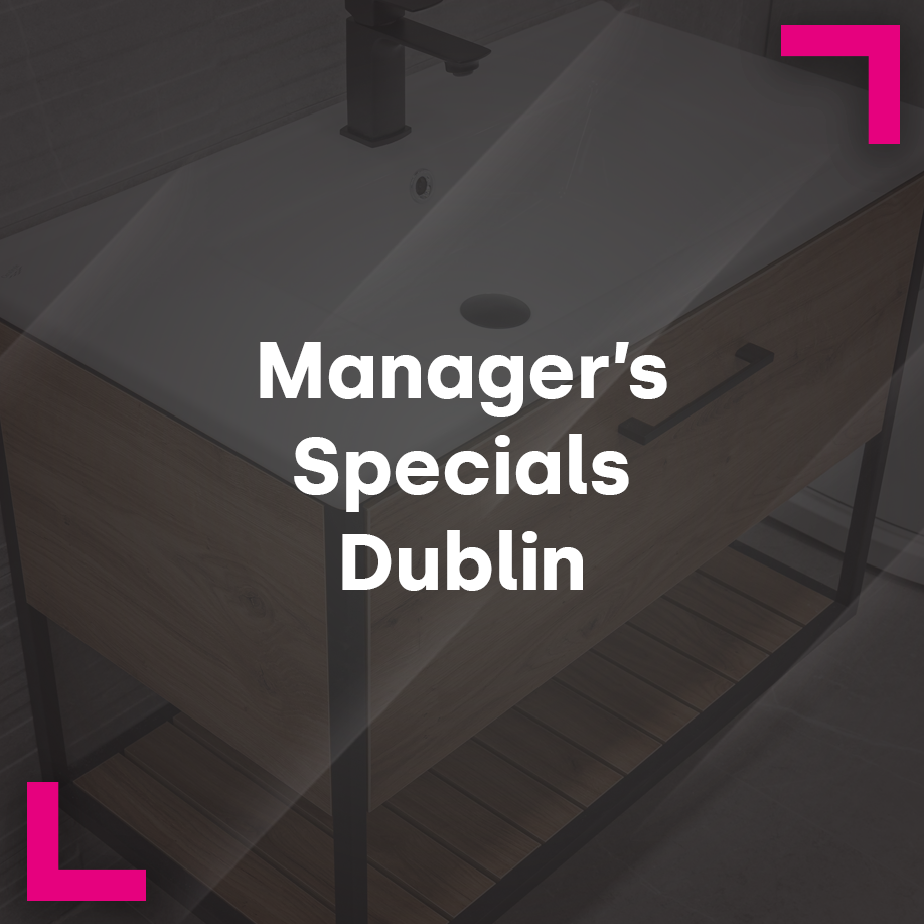
The type of basin waste that you are going to need will largely depend on the type of basin that you have, or you are about to have, installed. A waste basin helps to drain the basin properly, and while the type of waste basin depends on the type of basin, if you have not decided on the basin yet then you can still buy the basin depending on the type of waste basin that you prefer.
Usually the only part of the waste basin that is visible is the very top of the unit, but even such a small consideration needs to fit in with the overall style. A more traditional bathroom style, for example, may well look better with a plug and chain rather than a push top style.
A basin waste is a crucial element of any basin, and as it performs an important role you cannot really have a fully functional basin without one. Here, we will show you the three main types of basin waste available and which basins they will be a match for. Armed with the following, you should have no trouble at all in choosing the right basin waste for the right basin.
The three main types of basin waste
A basin waste is important because it the part of the basin unit that connects the basin to the wate pipe. This, of course, allows for the water to drain away properly instead of going all over the floor. People usually refer to the waste as a ‘plug hole’ and while that is correct, it is only a part of the whole waste unit that drains the basin and allows it to be ‘plugged’.
The three main types are:
- Slotted waste
- Unslotted waste
- Chainstay waste (or plug and chain)
The most common of these is the ‘slotted waste’. This type of basin waste, such as the Eliseo Ricci Easy-Clean Press-Top, is designed for use with basins that have an overflow slot. The slot in the basin waste allows excess water to drain away safely - but this type of basin waste does require a basin that has an overflow slot. This overflow slot helps to prevent a basin from overflowing, should the plug hole be closed and a tap left on accidentally, causing water to cascade over the side and onto the floor.
There are a variety of designs of this type of basin waste, including the press-top model which is linked to here.
Unslotted basin waste type are much less common, such as the Macdee Wirquin Nano 6.7 Quick Clac All-In-One (although this is also available as a slotted version too). More decorative basins (or sinks if you prefer) may require an unslotted waste because they have no overflow to the waste pipe. These types of basin don’t require any real special attention, but overflow is more likely if taps are left running.
The model linked to here also comes with a glass viewing window in the top, as well as other feature that allow an easy fitting, so that you can easily see if there is any debris such as hair.
Chainstay basin waste is more commonly used with more traditional styles basins and they contain certain elements that you may recognise from style bathrooms and kitchens. The chain and plug system, such as the one used with the Traditional English Balmoral Basin Waste With Plug And Chain, don’t look as ‘tidy’ as more the more modern systems that have overtaken it. Having said that, there is something about the plug and chain method that can look very stylish and even tasteful.
The chainstay basin waste unit is of course only suitable with basins that have a pre-drilled hole for the chain.
Before you buy your basin waste
Before you go ahead and choose your waste basin, the main things you need to watch out for are whether there is a chainstay (in the case of a plug and chain), and whether or not the basin has an overflow. Both of these things are going to affect the type of basin waste that you go with, vice versa.
We hope you have found this article helpful and are now confident you know which waste you will need. However if you are still unsure you can reach out to our expert team who will be happy to explain this further with you.






